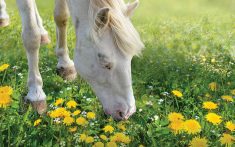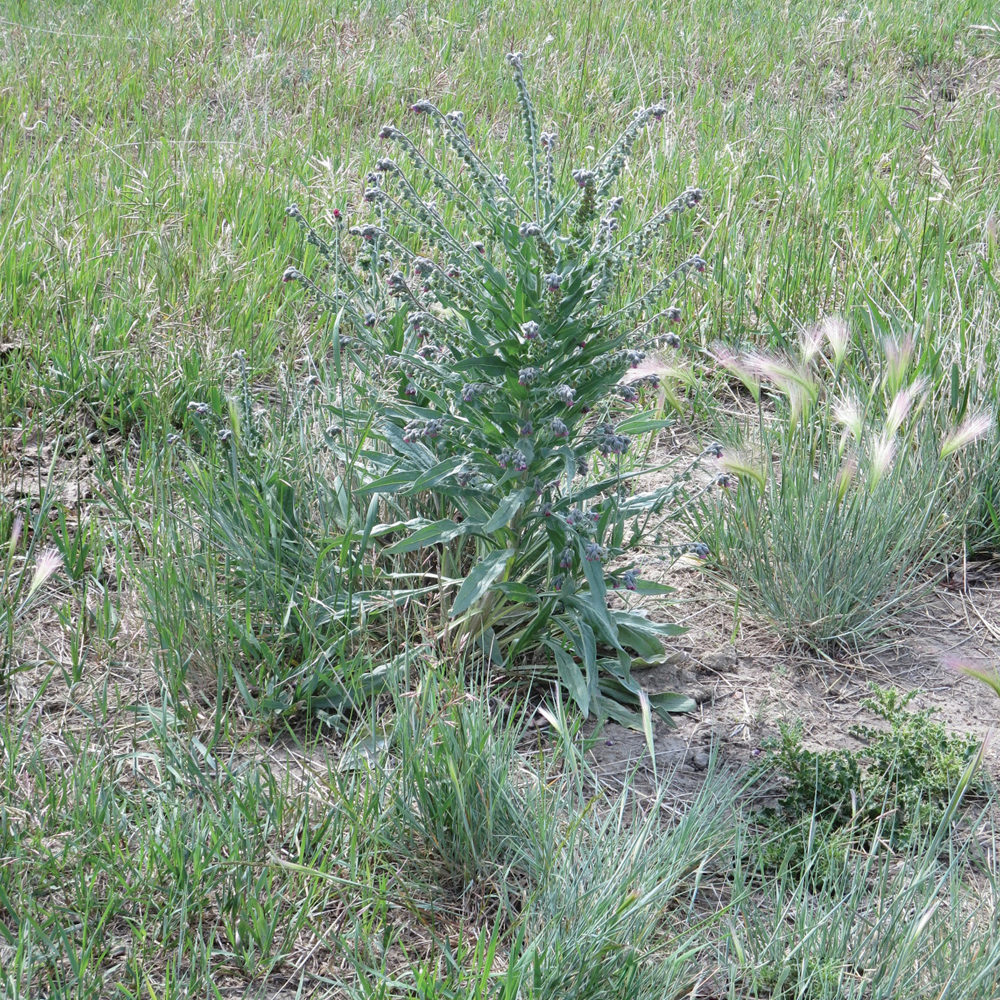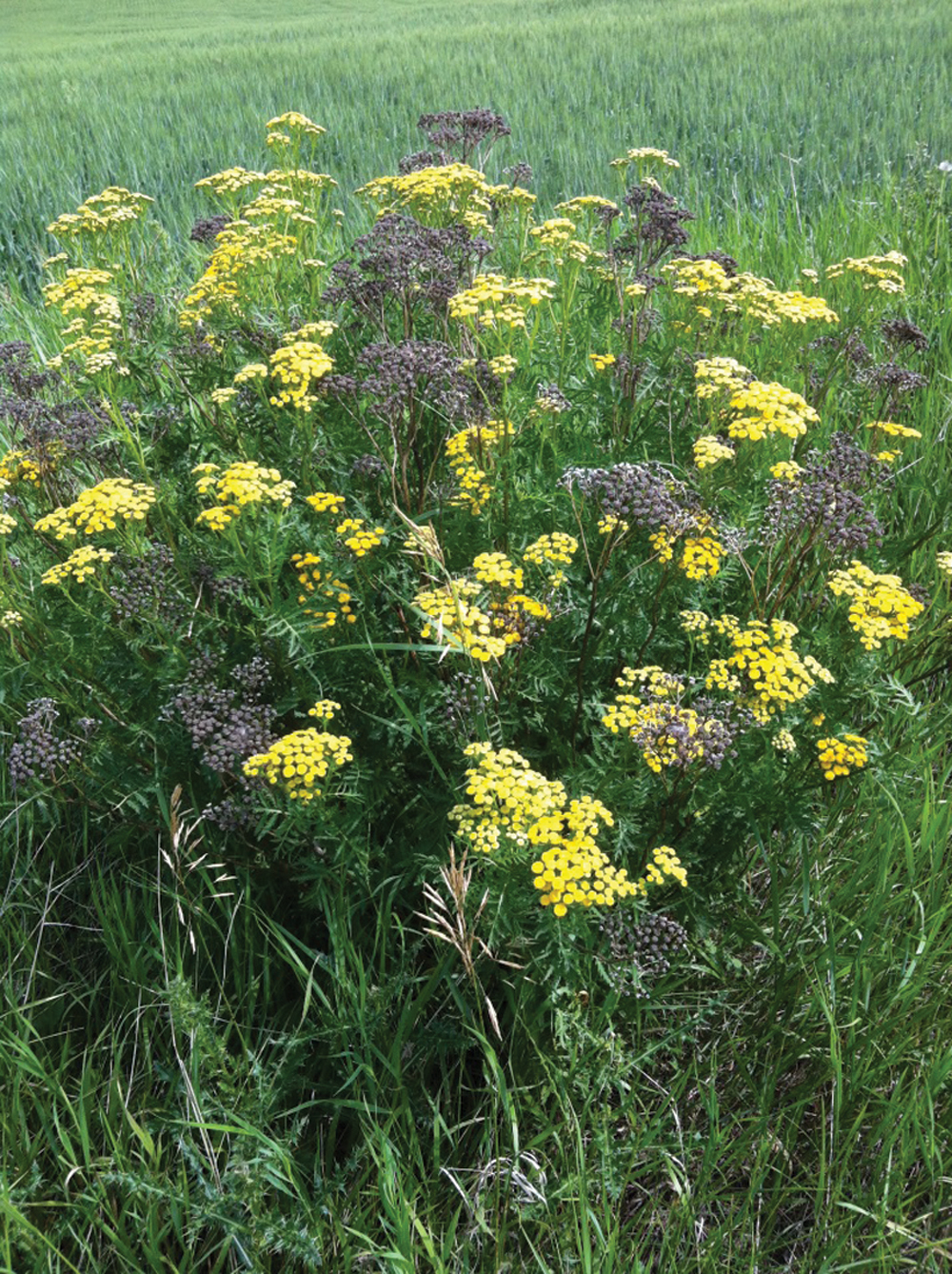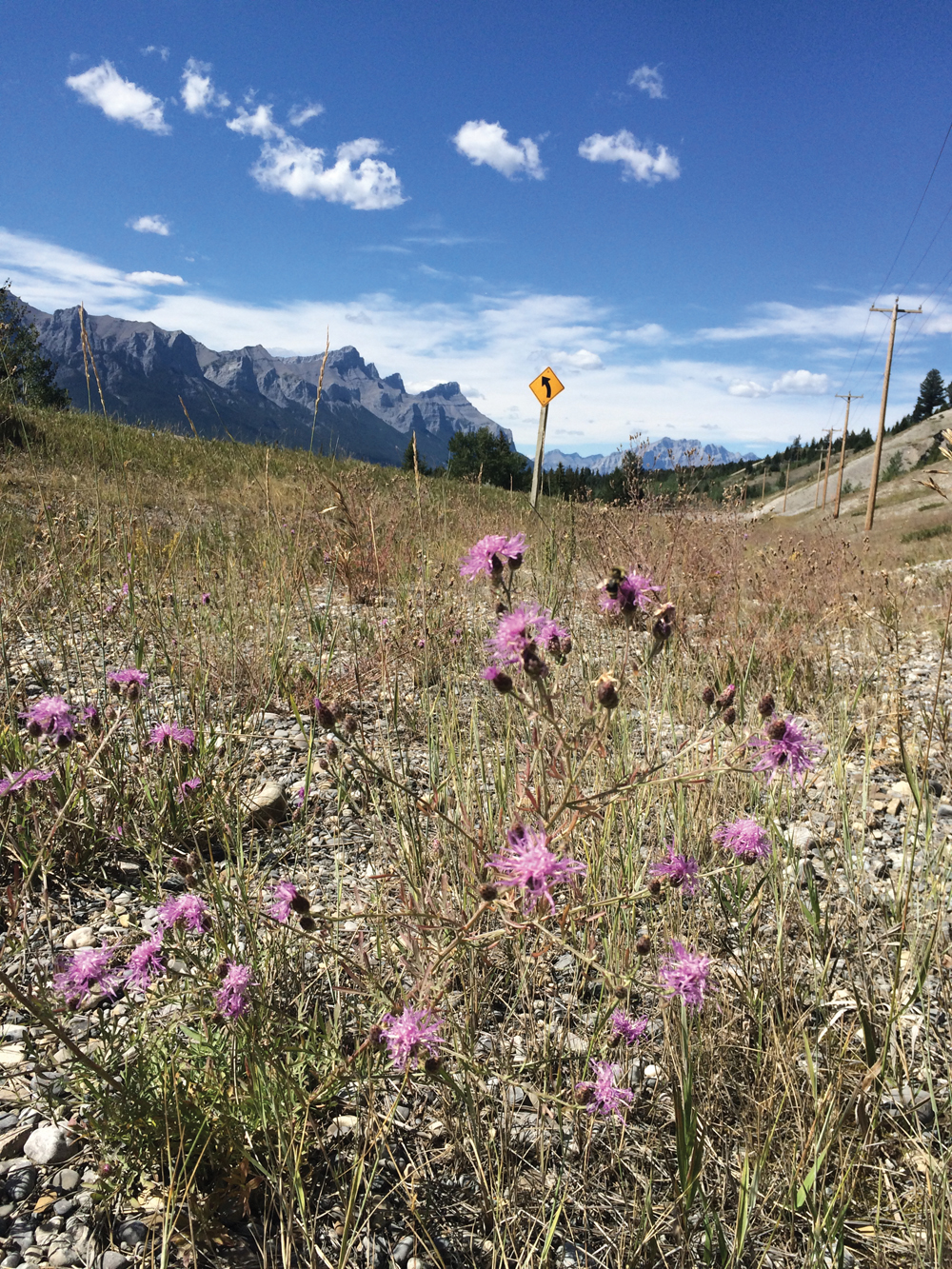Of all the weeds beef producers should focus on, Canada thistle is high on the list. Livestock avoid the prickly plant and it’s said to cost Canadian ag and forestry $7.5 billion in lost revenue annually.
Fall control on pasture might be one of the most effective tools in stopping growth of the noxious weed, said an expert with a leading agribusiness.
“If you hit them with a herbicide in the fall right after a hard frost, it will start sending all of its resources down to that big, massive root zone and it will send that herbicide down with it,” said Mark Versluys, specialties business leader with Corteva Agriscience.
Read Also

Mosquito-borne virus could be devastating to sheep breeding operations
Cache Valley virus, a mosquito-borne disease that infects small ruminants, could be a devastating hit to small operations.
“It will give you some excellent control going into the following year.”
Those roots are no joke when it comes to stealing precious moisture and nutrients from palatable pasture grasses, making it harder for them to compete.
Canada thistle roots can grow six to 18 feet deep and 20 feet laterally. One plant can yield up to 5,000 seeds that can germinate after only 10 days and spread to other points in the pasture. So it’s no surprise that Canada thistle has been named by livestock producers as the worst pasture weed on the Prairies.
Corteva recommends an integrated pasture-management system including herbicides, grazing and fertilization to tackle Canada thistle and other weeds.
The company has three herbicides for Canada thistle. They include Grazon XC (Group 4 with picloram and 2, 4-D as active ingredients), Reclaim II (Groups 2 and 4, active ingredient aminopyralid) and Restore II (Group 4, aminopyralid and 2, 4-D).
Producers can consult company or other agronomists for advice on which of these or other products are most suitable.
Timing is everything when it comes to the year’s first herbicide application on Canada thistle, said Versluys, who lives in Cochrane.
“I would say in the part of the world where I live here in southern Alberta, and even up into central Alberta, the timing would be in that second to third or fourth week of July.
“But really what you want to do is hit that plant before it buds or pre-buds. You can let it grow out a little bit to about 10 per cent growth, but you are pushing the envelope there.”
Agronomists can help figure out the best time for application. Versluys encourages producers to familiarize themselves with the target weed spectrum.
“We have different solutions, we have three fantastic products. But there’s some overlap in the weed spectrum for each of them and there’s a lot of differences as well.
“So make sure you know what you’re going after and make sure that the timing on the weeds you’re going after is correct for when you’re going in to spray it.”
The corteva.com website has labels and tech sheets for its products and most other crop protection companies feature similar content on their sites.
Graze before prickles emerge
However, herbicides are just the first step in an integrated pasture management system, said Versluys.
“Herbicide solutions are not silver bullets. They’re not going to do everything that you need to do but they are a very important part and a first step of an integrated pasture-management program.”
Although not a good solution for major thistle infestations, the next step is often to put the livestock in rotational grazing systems to work on bud-stage Canada thistle.
“It’s a huge part, not just for Canada thistle but for all weeds to keep them in line,” said Versluys.
“When you get animals into a pasture when the Canada thistle is quite small, they will eat the buds on them because they’re still somewhat tender. Of course when they get bigger, that’s a different story altogether.”
Another effective tool is crop competition on forage and pasture.
Planting competitive grasses should come after herbicide applications. Otherwise, you’re applying costly fertilizer to Canada thistle and other weeds, said Versluys.
“That’s why I say your first step should be a herbicide application to get rid of those weeds… so that when you’re spending the money on your fertilizer for the crop to extend those pastures, you’re just feeding the crop and not the weeds.”
















